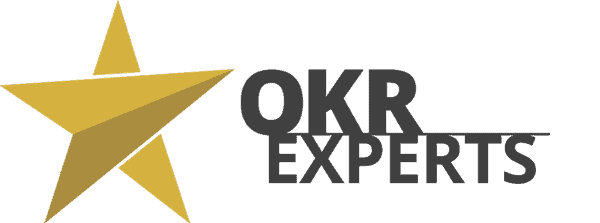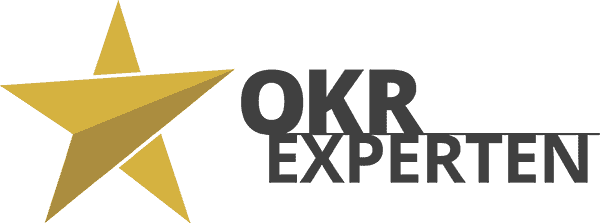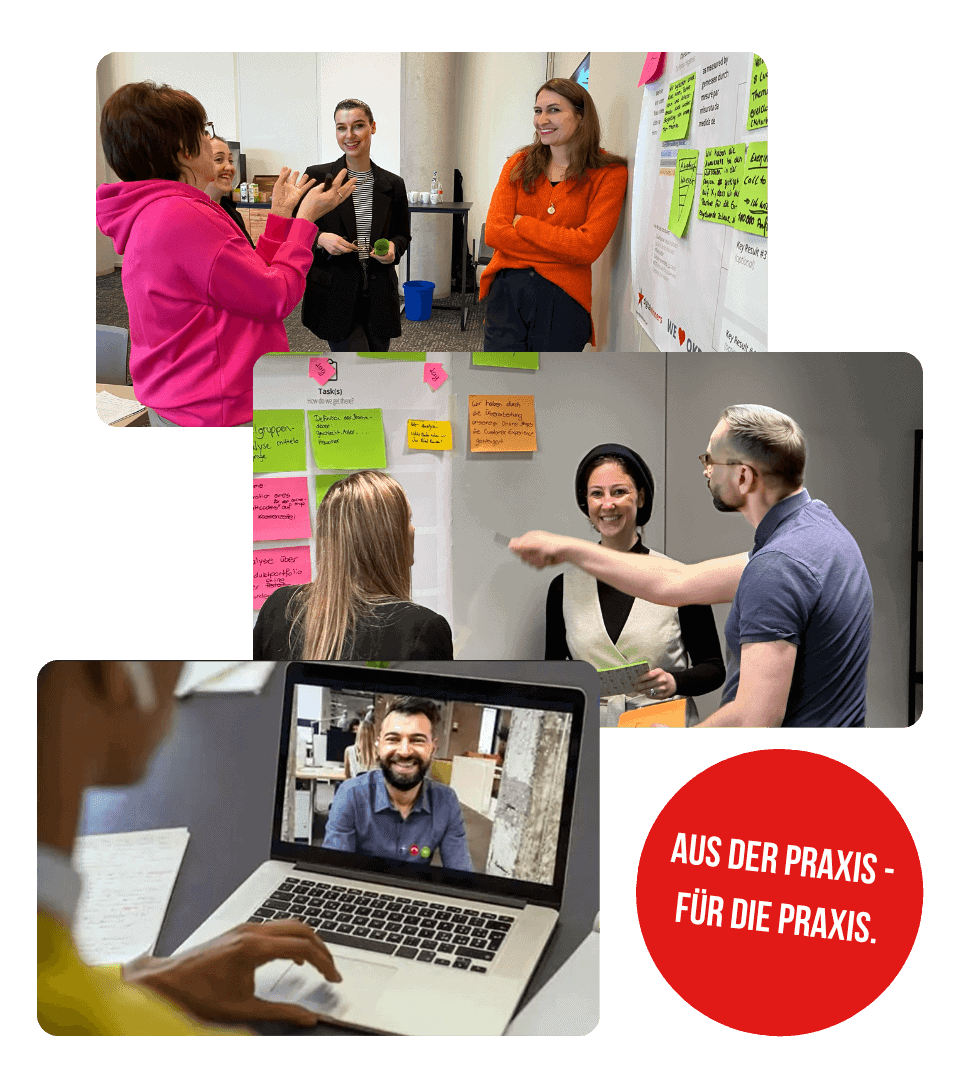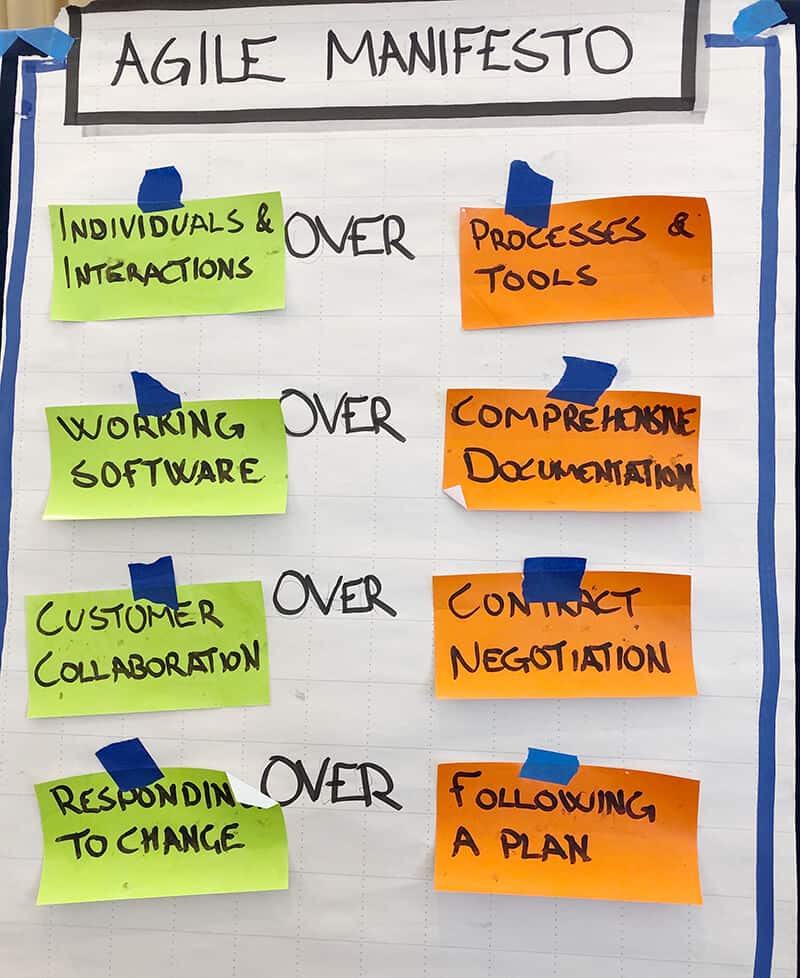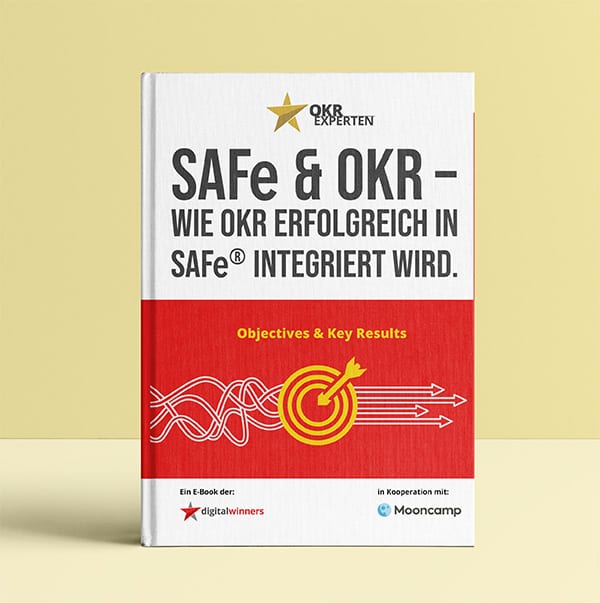How OKR can complement SAFe and SAFe can complement OKR
Can OKR support SAFe® and SAFe OKR? Both SAFe and the OKR method are agile methods or agile frameworks – are they competing or complementary? SAFe – Scaled Agile Framework is an effective and agile framework for scaling agile practices. It offers companies a structured approach to successfully implementing complex product developments and scaling agility. On the other hand, OKR (Objectives and Key Results) has proven to be an agile strategy implementation method and a powerful tool for setting goals and measuring progress and results – an agile operating system for an entire organization. Can these two approaches be profitably combined to create synergies and further improve the company’s performance?
One of our specialized SAFe OKR formats:
OKR Seminar für SAFe-Profis
An nur einem Tag lernen, wie OKR erfolgreich in SAFe® integriert wird.
- 1-Tages-Seminar, Remote (offene Schulung) oder Inhouse
- Lernen Sie OKR erfolgreich in SAFe zu integrieren
- mit zertifizierten und praxiserfahrenen SAFe- und OKR-Experten als Trainer
What is SAFe?
SAFe, Scaled Agile Framework, is a proven and comprehensive framework for scaling agile practices in large organizations. It was developed to coordinate product developments in a complex environment with changing requirements and to enable effective collaboration between different teams and departments.
At its core, SAFe is based on the principles of agile software development as set out in the Agile Manifesto. This led to the development of Scrum, a framework for agile product development. SAFe focuses on scaling these principles to address the challenges of large organizations and many teams. SAFe provides a structured method for scaling agility across all levels of an organization, from individual agile teams to company-wide transformation.
SAFe comprises a number of core elements, including:
- Portfolio management,
- Value stream,
- Release-Trains,
- agile teams.
It provides clear roles and responsibilities at different levels and promotes continuous delivery of value to customers.
By applying proven agile practices to large organizations, SAFe enables better team collaboration, faster product launches and higher customer satisfaction. Companies that have successfully implemented SAFe often report improved quality, increased innovative strength and greater agility in the implementation of complex initiatives.
A central element of SAFe is PI Planning (Planning Interval Planning – formerly Program Increment Planning), an event that helps teams to define and agree the goals for the next planning interval (usually a period of 8 to 12 weeks).
Before we explain how SAFe can use OKR, a few lines about OKR.
What is OKR?
OKR stands for Objectives and Key Results and is a powerful tool for setting goals and measuring progress and results. The OKR framework was originally developed at Intel and has been successfully adopted and applied by companies such as Google, Airbnb and many others.
Objectives are clearly formulated intentions that describe the desired result. They should be inspiring, challenging and focused. Key results are measurable indicators that quantify the progress and outcome of a goal. They serve as objective benchmarks for assessing target achievement and as objective criteria for controlling activities and tasks.
The decisive aspect of OKRs is their alignment with the corporate vision and corporate goals. Each team creates its own OKR goals that contribute to the overarching departmental or company goal (top-down) – supplemented by OKR goals that are relevant to the respective team (bottom-up). Departments coordinate their goals with other departments (horizontal alignment) – the same may apply to teams. This vertical and horizontal coordination creates holistic 360° coordination throughout the entire company.
The OKR process – setting targets cyclically
OKR targets are set in cycles, typically on a quarterly basis. The OKR sets are created at the start of each cycle. During the cycle, the measured values and progress are regularly checked and updated. At the end of the cycle, the results are evaluated and new OKR sets are defined for the next cycle.
The advantages of the OKR method lie in its focus on measurable results, its transparency and its promotion of cooperation. The OKR process enables companies to clearly communicate their goals, track progress and thus improve performance – towards greater success.
The following describes how OKR can complement SAFe and how SAFe can incorporate OKRs.
OKR Trainings & Schulungen
Wir, die OKR-Experten, schulen Sie gerne mit unseren modernen Training-Formaten:
- Seminare in Präsenz & Remote
- Offene Schulungen & Inhouse-Seminare
- Workshops & Video-Kurse
How OKR can complement SAFe and SAFe can incorporate OKRs – two methods and frameworks that complement each other perfectly
The integration of OKR (Objectives and Key Results) into the SAFe framework and the dovetailing of OKR and SAFe enables an even stronger focus of agile practices on the implementation of the strategy and on overarching business objectives. The following is a brief description of how SAFe in the current version 6.0 proposes to integrate OKR into the SAFe framework, or SAFe integrates OKR – followed by best practices on how the official proposal can be supplemented or modified.
How SAFe 6.0 proposes the integration of OKR – and how OKR ideally complements SAFe
How SAFe incorporates OKR: the following is a brief description of how SAFe proposes to integrate OKR into the SAFe framework in the current version 6.0:
Translation of the strategy: The strategic themes can be translated into top-level OKR sets and thus broken down into an OKR cycle (typically a quarter). This makes the strategic topics easier to understand and ensures their implementation through clear, results-oriented targets.
Alignment of the portfolio with the top-level OKR goals: the SAFe portfolio backlog is prioritized based on the top-level OKR goals and supports SAFe portfolio management in selecting the relevant epics.
Alignment of the solutions: the OKR targets support the definition of MVPs for the solution backlog and their prioritization – the OKR targets also serve to measure the progress and success of the solutions.
Support for the Agile Release Trains (ARTs): the OKR objectives can provide the ARTs with support and guidance in defining their PI objectives.
Conclusion: The integration of OKR into the SAFe framework (SAFe OKR combination) creates a clear link to the strategy, the strategic topics and thus to the overarching corporate goals. This promotes a stronger focus of work and products on the company’s strategic priorities and supports continuous improvement and thus the company’s success.
Value Stream KPIs – from strategic themes to epics to business outcome
Value Stream KPIs (Key Performance Indicators) are quantifiable measures used to evaluate the performance of a value stream against its business objectives.
Development Value Stream KPIs help close the feedback loop from the strategic themes (through the lean budgeting process), to the epics (portfolio initiatives defined in the portfolio Kanban), to the business outcomes (created through portfolio investments in the Development Value Stream).
Each portfolio has a number of strategic themes that link the corporate strategy with the portfolio vision. They reflect the intended business results of the strategy, investments and portfolio vision. The objectives of the strategic topics are made more comprehensible with OKR (Objectives) and provided with clear key results (Key Results). The entirety of the OKR sets reflects the general business intention of the portfolio. The Value Stream KPIs can be key results of the OKR sets, or indicators that are related to the key results or other accompanying KPIs.
The benefits of combining SAFe and OKR in companies
The OKR approach complements the SAFe framework and thus offers additional advantages through the combination of SAFe OKR. Here are some aspects of how the OKR approach complements the SAFe framework – in other words, how SAFe uses OKR:
Focus on measurable results: While the SAFe framework provides agile practices for scaling teams for product development, the OKR approach focuses on measurable results – results in the sense of “outcome”, i.e. result, benefit, impact or value contribution. OKR makes it possible to set clear goals and measure progress based on key results, which leads to increased transparency and traceability.
Flexibility and adaptability: OKRs offer flexibility in the formulation of objectives and enable adaptation to changing circumstances. In the SAFe framework, OKR can be used to set targets at portfolio level and support the continuous improvement process.
Better alignment with strategic goals: The OKR approach promotes a stronger focus on overarching strategic goals. OKR can help to ensure that the work of the teams in the SAFe framework achieves the desired results and contributes to the implementation of the corporate strategy.
Culture of cooperation and personal responsibility: The OKR approach promotes a culture of cooperation in which teams work together to achieve the set goals. This helps to strengthen personal responsibility, motivation and commitment.
Conclusion: The integration of the OKR approach into the SAFe framework enables a holistic and balanced approach to scaling agile practices. It creates a link between the company’s strategic orientation and agile implementation, which can lead to better realization of business objectives.
We also have special formats for companies that already use SAFe – and support you in introducing OKR, in OKR training and in optimizing the use of OKR in combination with SAFe in your company.
Als OKR Full-Service Agentur unterstützen Sie bei der OKR-Einführung und Optimierung – mit Beratung & Begleitung, OKR Seminaren & Workshops und bei der OKR-Software Auswahl.
Erno Marius Obogeanu-Hempel und unsere weiteren OKR-ExpertInnen
OKR-Einführung
OKR-Optimierung – Health Check
OKR-Training & OKR-Seminare
OKR-Workshops
OKR-Experten
OKR-Bücher
OKR-Vorträge
Zur Übersicht aller OKR-Angebote
Zur OKR-Experten Homepage
Oder rufen Sie uns an: +49 89 21 52 95 2 – 99
+43 720 02 21 68
+41 71 58 80 36 4
Als OKR Full-Service Agentur unterstützen Sie bei der OKR-Einführung und Optimierung – mit Beratung & Begleitung, OKR Seminaren & Workshops und bei der OKR-Software Auswahl.
Erno Marius Obogeanu-Hempel und unsere weiteren OKR-ExpertInnen
How SAFe can use OKRs beyond the proposed standard
SAFe uses PI objectives with the estimation of Business Value (BV) and the measurement of Achieved Values (AV) to support Agile Release Trains (ARTs).
In addition or as an alternative, the ARTs can also define OKR targets for this. For a key result, for example, the business value can be used as a metric with the estimated business value (BV) as the target value and the achieved values (AV) as the current measured value for calculating the current degree of target fulfillment (score). It will be exciting when ARTs define further key results.
Here is an example:
PI Objective: Deliver basic search, sort and view of books in inventory
Team A: One-click search for books by title, author and genre (BV 10)
becomes an OKR set for Team A:
Objective: Deliver one-click search for books by title, author and genre, as well as sort and view of books in inventory
Key Result 1: Achieve a Business Value of 10 (0-10)
Key Result 2: Lightning fast search result after max. 100 milliseconds
Key Result 3: Lightning fast sort of result within max. 50 milliseconds
Key Result 4: Customer rating of 4.5 of 5 stars for view of books
This means that each ART can contribute to achieving the portfolio targets via its OKR sets. To this end, these should be in line with the superordinate top-level OKR sets and the OKR sets of other teams.
This transfers flexibility and adaptability from the portfolio level to the team level and supports the continuous improvement process even more intensively.
Combination of bottom-up and top-down approaches: OKR enables a combination of bottom-up and top-down approaches. While corporate goals can be set top-down, teams have the opportunity to set their own OKR goals and thus have more autonomy and co-determination. This optimally supports the SAFe “Innovation Riptide” via “Local Features”.
We, the OKR experts, have developed these and other additions and adaptations with our SAFe professionals. Our OKR and SAFe experts will be happy to support you in successfully integrating OKR into SAFe in your company.
OKR introduction, OKR coaching, OKR training – specialized in SAFe & OKR
We are happy to support you with the introduction of OKR in your organization – and advise you on how SAFe can optimally integrate OKR:
What advantages does OKR bring to the SAFe framework?
Here are the advantages that OKR brings to SAFe:
Clear communication of OKR sets: It is important to communicate OKR goals transparently to ensure that all stakeholders and team members understand the direction. The OKR sets can be regularly discussed in PI planning events and other communication channels.
Continuous measurement of results: Key Results provide an objective measurement of the progress and success of OKR objectives. The results can be checked and evaluated in regular weekly reports and reviews. Measures and activities can be continuously derived from this.
Continuous adjustment: OKR sets should be regularly reviewed and recreated on the basis of the results in the OKR planning. Teams can also identify opportunities for improvement during retrospectives.
Outcome orientation: OKR brings the “outcome”, i.e. result, benefit, effect or value contribution, to the fore and thus helps to better formulate business value.
Conclusion: When SAFe incorporates OKR, a whole range of advantages arise.
Blog Conclusion: How OKR implements SAFe Agile consistently and sustainably – and supports 360° alignment
By combining SAFe and OKR, organizations can effectively scale their agile practices while setting and measuring clear goals. The combination of SAFe as a framework for agile scaling and OKR as a method for goal alignment enables improved clarity and alignment with the company’s strategic goals and thus increases the chances of sustainable corporate success.
We, the OKR experts, offer a training course with our SAFe professionals that helps participating SAFe experts to introduce OKR into their organization and to assess whether, where and how OKR can be used in combination with SAFe in their company. The training is offered as open training, as well as in-house training – both in presence and remotely via MS Teams / Zoom. Further information on SAFe and OKR training.
OKR introduction, OKR coaching, OKR training – specialized in SAFe & OKR
We are happy to support you with the introduction of OKR in your organization – and advise you on how SAFe can optimally integrate OKR:
Questions and answers – in addition to the blog post
What is SAFe?
SAFe (Scaled Agile Framework) is a proven and comprehensive framework for scaling agile practices in large companies. It was developed to coordinate complex product developments and enable effective collaboration between different teams and departments. At its core, SAFe is based on the principles of agile software development as set out in the Agile Manifesto.
Why is OKR included in SAFe?
The integration of OKR (Objectives and Key Results) into the SAFe framework enables an even stronger focus of agile practices on the implementation of the strategy and on overarching business objectives.
How is OKR included in SAFe?
The strategic topics are converted into top-level OKR sets and broken down into an OKR cycle (typically one quarter). The portfolio backlog is prioritized based on the top-level OKR goals and thus supports portfolio management in selecting the relevant epics and in defining the MVPs for the solution backlog and prioritizing them. The OKR targets also serve to measure the progress and success of the solutions. The OKR objectives can also provide the Agile Release Trains (ARTs) with support and guidance in defining their PI objectives.
